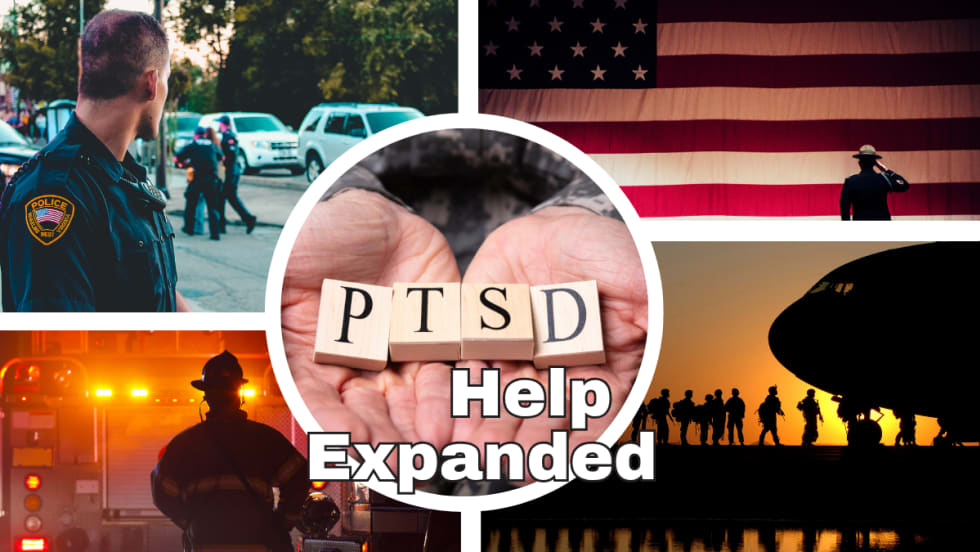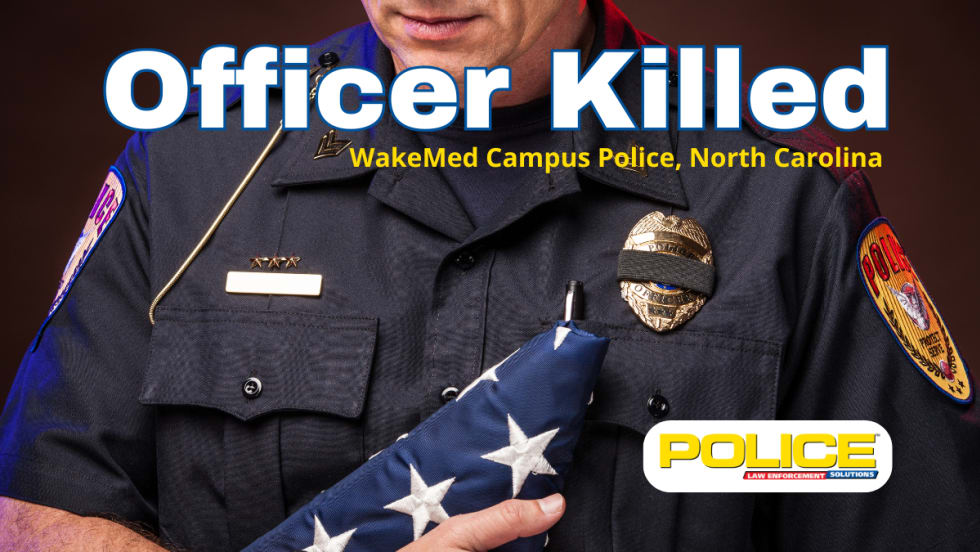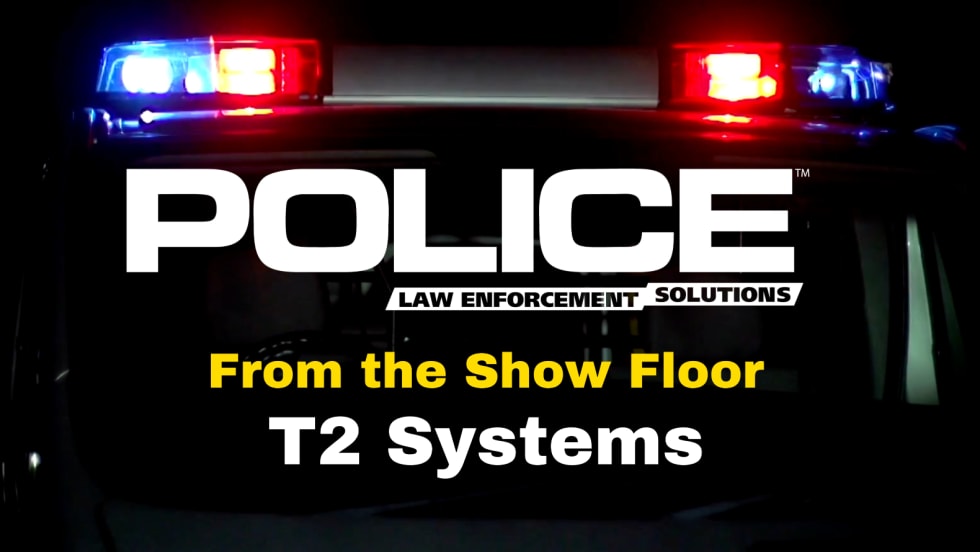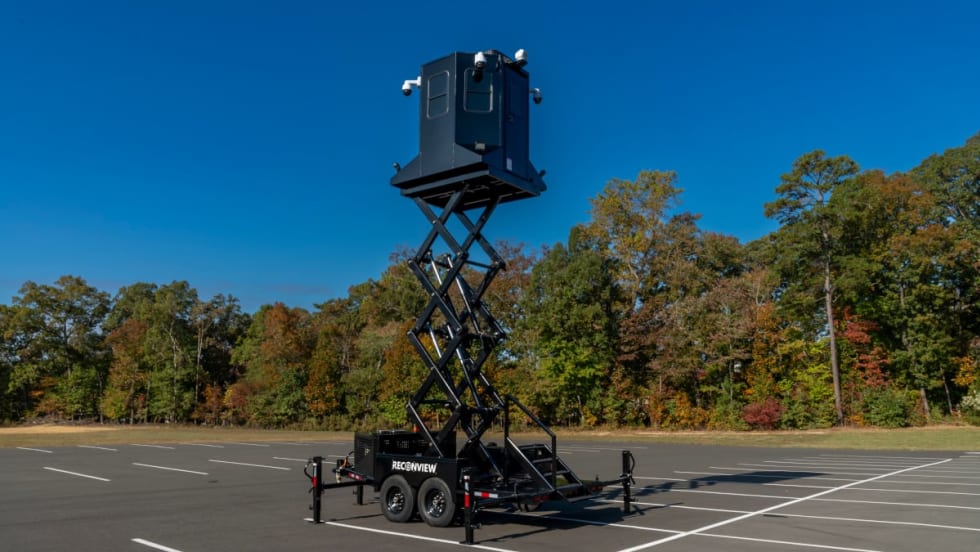"It's because of an attitude that starts from the top and works its way down that we are a kinder, gentler profession," Webb states. "And then when something bad does happen, everybody claims victim status."
As Webb notes, staff instructors are conscientious in providing personnel with the necessary training and information. Quartermasters do the best they can to issue needed supplies. However, he and other experts worry that many cops are receiving mixed messages in their training.
Webb's concern is that role play scenarios inevitably have officers insinuating themselves into dangerous situations. A primary purpose is to ensure that safe tactics and sound communication techniques are employed by the trainee. Often, such scenarios drive home the fact that you can only do so much to prevent getting shot. But is enough emphasis being placed on teaching officers that there are often times when they need not make entry? That if a threat is effectively isolated and poses no danger to anyone but himself that time is on the good guys' side? Street officers, in particular, need to recognize that there are times when they need to abstain from entering into a problem and escalating it.[PAGEBREAK]
Once faced with a deadly confrontation, officers must be trained to respect the speed with which suspects can launch an assault with a gun, according to
Bill Lewinski
, executive director of the Force Science Institute. He cites a number of cases in which officers were gunned down in less than one second.
"The average suspect can present a gun-from a pocket, from a waistband, from a vehicle console, from his side, from under his body-and fire in any direction in just one-quarter of a second," Lewinski says. "That's faster than the average officer can shoot, even if his weapon is on target, his finger is on the trigger, and he has already decided to fire. That's because of the time it takes to mentally process and impel a reaction to the suspect's action."













